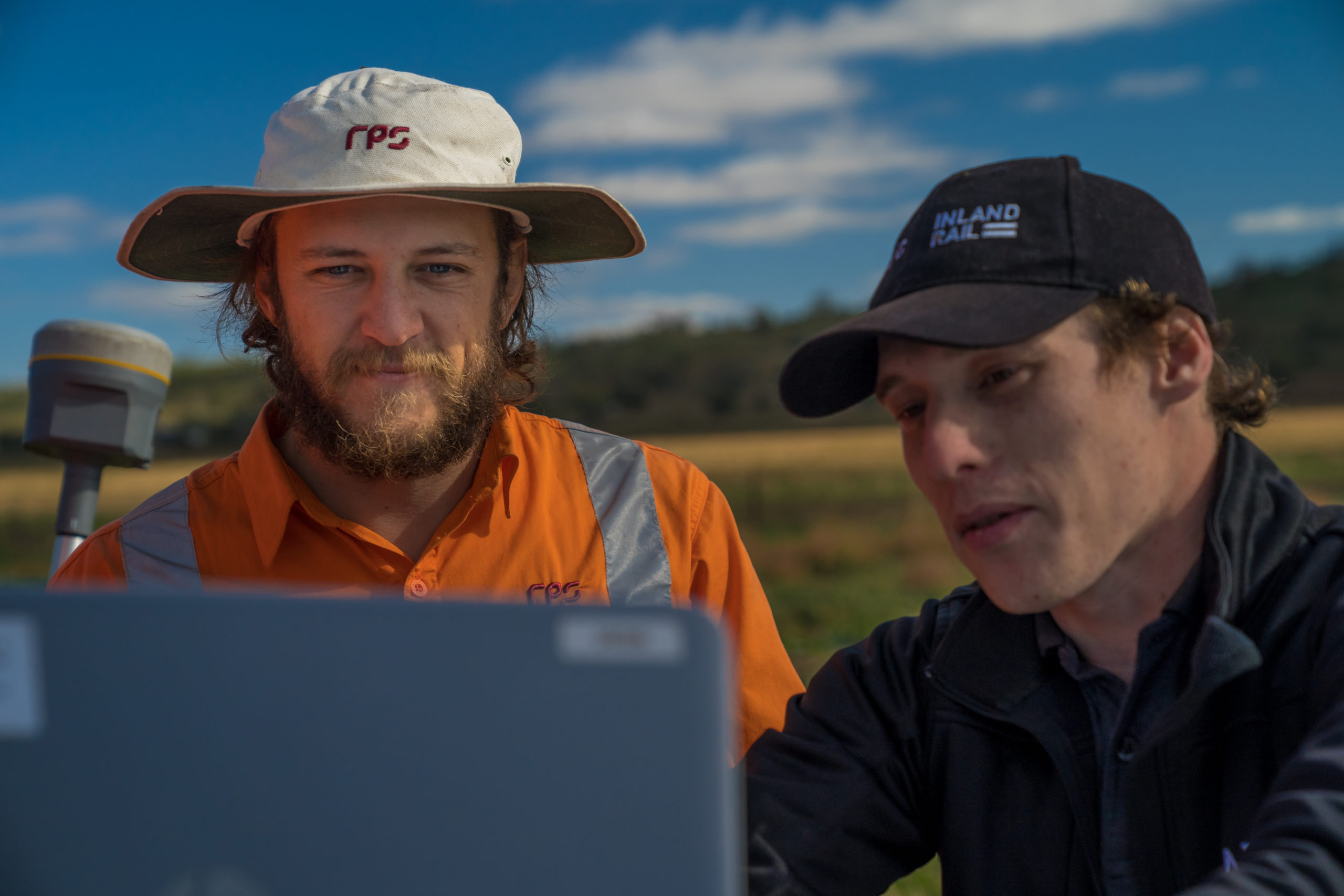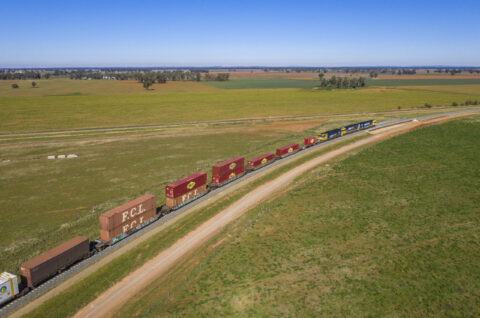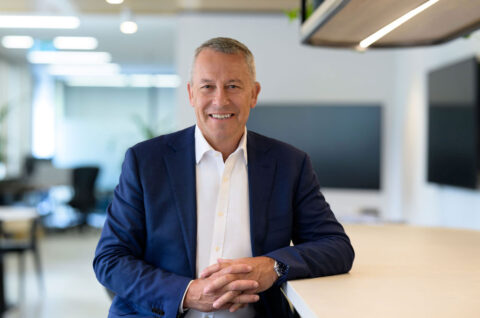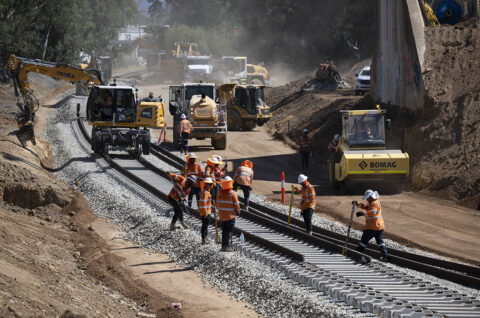On track for Australia’s fast freight network
Construction is well underway on Australia’s largest freight rail infrastructure project.
The first of the 12 projects that comprise Inland Rail, the 103km Parkes to Narromine section, is already in operation and works on the Narrabri to North Star section are underway.
Snapshot
Construction commenced:
2018
Construction completed:
Sections between Beveridge, Vic and Parkes, NSW have been prioritised for completion by 2027. Completion dates for sections north of Narromine are yet to be determined.
Projects approaching construction:
11 of 12 projects
Projects under construction:
1 of 12 projects
Projects completed construction:
1 of 12 projects
Learn about how we’re building Inland Rail
Engineering excellence
Inland Rail’s sheer scale and complexity has attracted some of the world’s top rail engineering and infrastructure delivery experts.
Our team are delivering engineering solutions to cross the challenging Condamine and Macintyre floodplains, building the second-longest freight tunnel in the Southern Hemisphere, and constructing many viaducts; one of which is expected to be as tall as the shipping height of the Sydney Harbour Bridge.
Managing our vital water resources
As large areas of regional Australia continue to experience prolonged drought periods, its vital that we ensure our use of water is sustainable.
Water will be essential to the construction of Inland Rail. We need water for:
- compacting earthworks
- suppressing dust on haul roads and other unsealed surfaces
- producing concrete when building bridges and culverts
- managing weeds
- washing down vehicles and other machinery
- landscaping or remediation
- drinking, cooking, cleaning and washing in accommodation camps and site offices.
Our team has a Water Supply Strategy in place to identify potential water supply options while using innovative ways to reduce the amount of water we use. Our water strategy is based on three core priorities:
- securing water to construct the project on time
- saving water through innovation and careful management
- leaving water infrastructure legacies.
We are using the Infrastructure Sustainability Council rating scheme to hold ourselves accountable.
Our water conservation policy is to:
- avoid water consumption
- reduce water consumption by using water efficient equipment and processes
- re-use water without treatment where fit for purpose
- recycle/treat dirty and grey water where fit for purpose
- use potable water only where viable.
Sustainability
We strive to deliver the best possible outcomes for our communities and the natural environment by focusing on social, environmental and economic sustainability.
Safety
Looking after the health and safety of everyone who works on, or is impacted by, Inland Rail is at the heart of everything we do.
